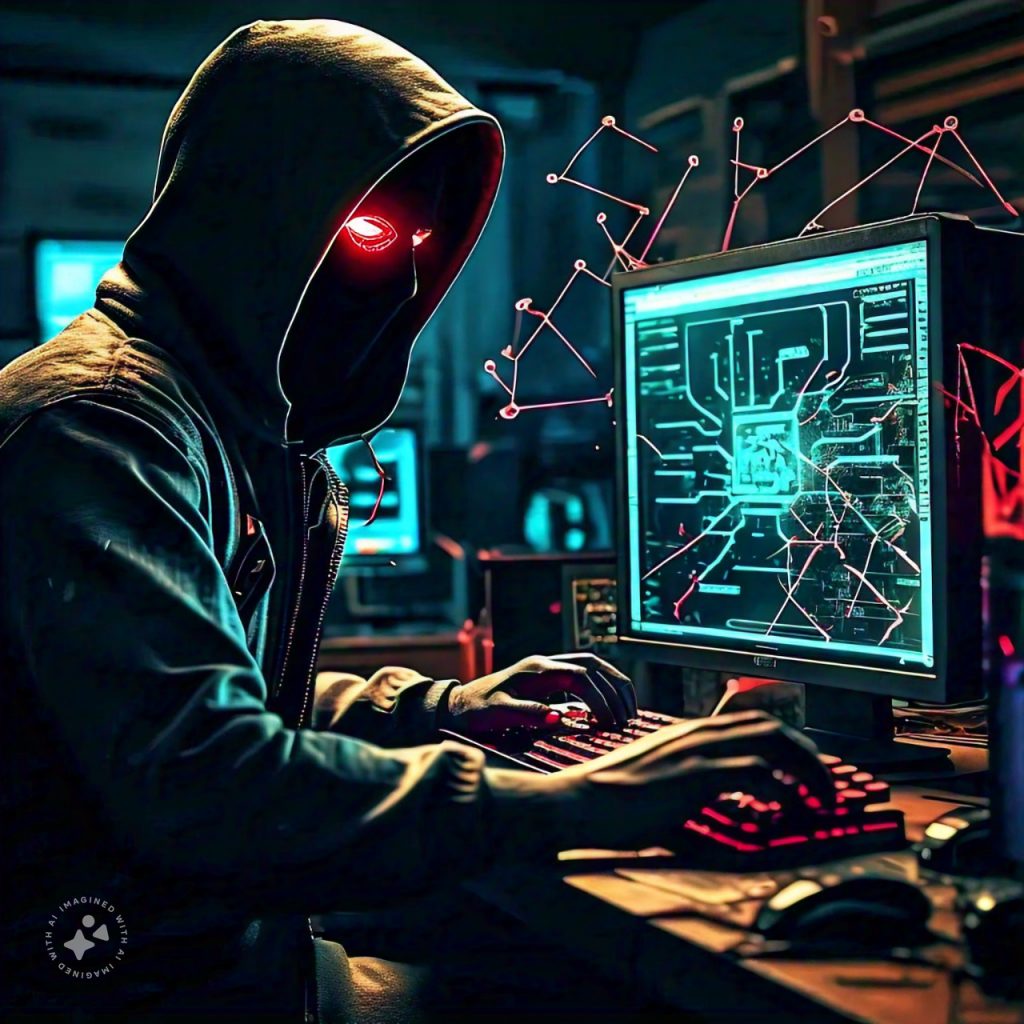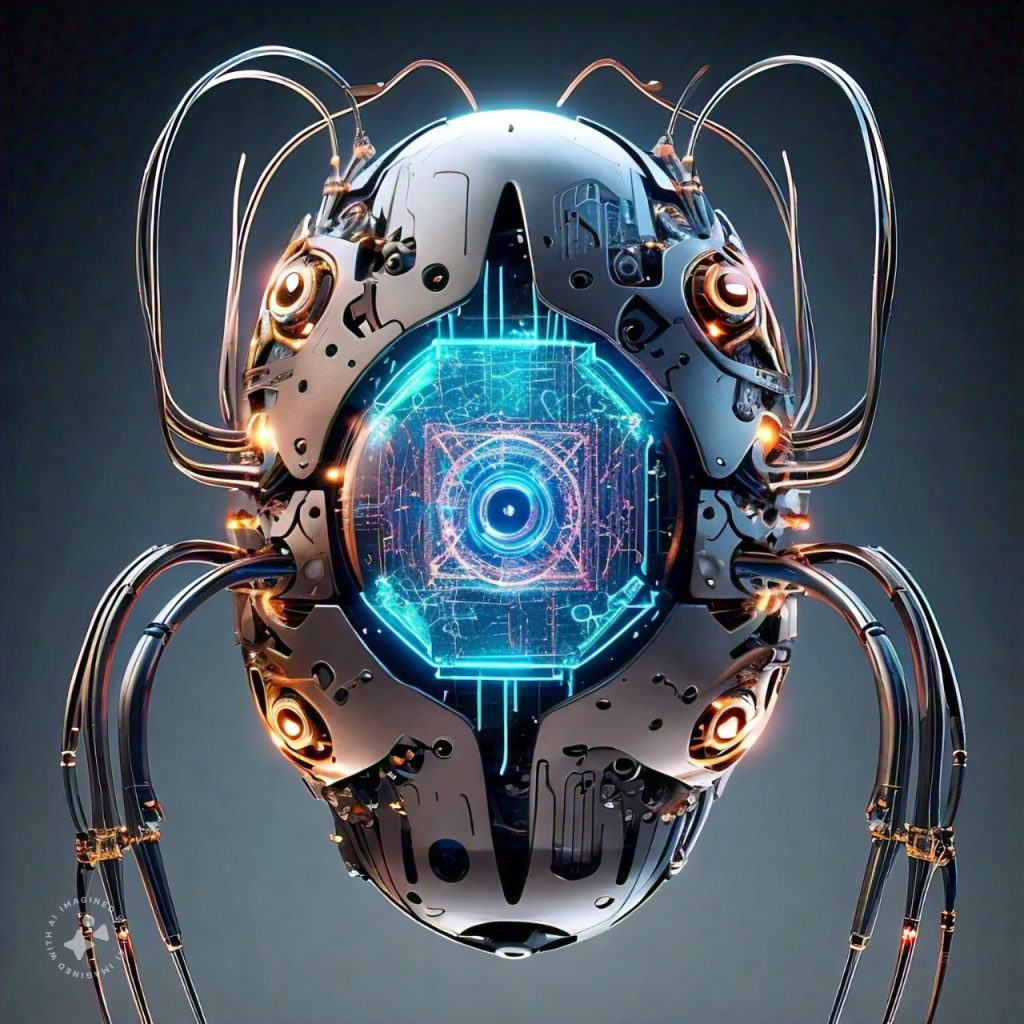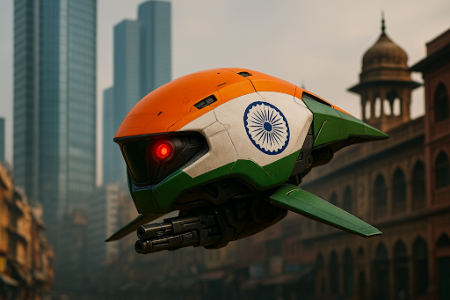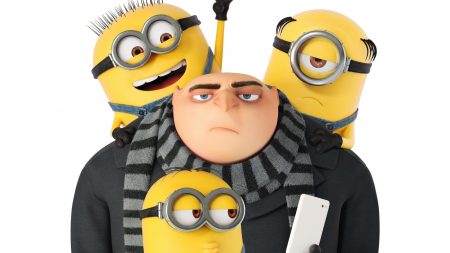In August 2023, ethical hackers from all over the world descended on DEFCON 31, one of the world’s largest annual hacker conferences, to participate in a Generative AI Red Team competition.
The objective? To coax LLM (large language models) to behave badly, which ranged from getting them to expose fake credit card numbers to confidently state incorrect answers to math problems. As present-day and cool as it sounds, the term ‘red teaming’ became popular during Cold War-era military simulations, where the “home” team was represented by the colour blue and the “enemy” team by the colour red. The term was adopted by the cybersecurity community to represent professional “red-teamers” who would try to gain access to or attack a computer network or a physical location, with the blue-teamers attempting to defend against invasion.
With AI (artificial intelligence) becoming an important part of the ever-evolving cybersecurity landscape, the course seems to naturally curve towards AI-red teaming. As we delve into this world, we’ll discover its very interesting origins, the importance of AI-red teaming, and its evolving frontiers.
Red-Teaming: An Overview
A White House executive order calls red-teaming a “structured testing effort” to find an AI system’s vulnerabilities and flaws. Originally developed as a wargaming strategy, red teaming was founded on a straightforward concept: adopting your adversaries’ perspectives to identify and exploit your own systems’ vulnerabilities. Eventually, it made its way to the cybersecurity world.
Red teams replicate attacks on systems to pinpoint potential security gaps and weaknesses and assess the strength of security protocols by specifically simulating their enemies. Organizations authorize ethical hackers to emulate procedures, techniques, and tactics used by real attackers against their own systems.

Evolution of Red Teaming
Traditionally, the process of red teaming involves groups of human security experts who would manually test systems by simulating multiple attack vectors. The goal is to mimic the TTPs (tactics, techniques, and procedures) of real attackers, probing for weaknesses and exploiting flaws. So, these teams relied on their creativity, experience, and knowledge to identify weaknesses using a variety of techniques like social engineering, network penetration, and phishing. Hence, this time-consuming and hands-on approach required a significant amount of technical knowledge, experience, and expertise to test the defences.
AI revolutionized the red teaming game by allowing for better and more sophisticated attack systems, enhancing vulnerability detection, and automating repetitive tasks. Afterall, AI algorithms can predict potential attack vectors more efficiently by solely human teams by analysing vast amounts of data and identifying patterns. Moreover, they even assist red teams in conducting automated testing of security controls continuously.
Benefits of AI Red Teaming
- Improved efficiency: AI reduces the effort and time required for vulnerability assessment significantly. Automated tools can perform such tasks much better and faster as compared to human testers, thus allowing for better comprehensive assessments in a shorter time.
- Increased accuracy: ML (machine learning) algorithms are transforming cybersecurity by analysing large amounts of data and identifying patterns that human testers could miss. The result? Vulnerability detection is more accurate, reducing the chances of false positives.
- Scalability: AI-powered tools can be scaled to handle complex and large environments, making them ideal for organizations of all sizes. Plus, this scalability ensures that even the most extensive systems and networks can be tested thoroughly.
- Continuous improvement: Every assessment teaches AI systems to continuously improve their effectiveness and accuracy. This repetitive learning process ensures that AI-powered tools are also up-to-the-minute with the latest threat intelligence and attack techniques.
- Cost savings: AI can help organizations save on costs associated with red-teaming and penetration testing by automating repetitive tasks, hence reducing the need for extensive human labour. This cost-effectiveness also allows them to allocate resources to other significant security initiatives.

The Future
While AI’s integration with red teaming is still in its early stages, the future is all about exciting emerging trends that will only make it more efficient and effective. First and foremost, AI-powered red teaming tools will integrate with threat intelligence platforms increasingly, which will ensure real-time updates on emerging vulnerabilities and threats. They will also incorporate advanced behavioural analysis to understand and predict hacker behaviour better, thus improving the accuracy of assessing vulnerabilities. Likewise, collaborative AI systems, with multiple AI agents working together to simulate complex attack scenarios, will become predominant.
However, one of the most intriguing aspects on the horizon is human-AI collaboration, with the red-teaming future expecting to see a combination of AI capabilities and human expertise. This will leverage the strengths of both approaches, resulting in more comprehensive and effective security assessments. Finally, AI is also expected to play acritical role in developing responsive defensive strategies.
As AI continues to evolve, it will play an increasingly critical role in the face of ever-evolving cyber threats by ensuring the resilience and security of organizations. By embracing AI red teaming, organizations intend to stay ahead of hackers by building a responsive, proactive, robust, and adaptive security posture that can withstand the challenges of next-generation technology.
In case you missed:
- All About Attack Surface Management
- Tackling The Most Critical Cloud Security Vulnerabilities
- Re-examining Cybersecurity through Blockchain
- Edera: An All-Women Startup Revolutionising Cloud And AI Infrastructure Security
- AI Firewalls and How They Protect Your Data
- Zero Trust Architecture: The Next Big Thing In Security
- Cryptography in Network Security – Concepts and Practices
- Top cloud migration myths
- Enterprise Network Transformation: Benefits and Challenges
- Everything you need to know about DaaS (Desktop as a Service)









